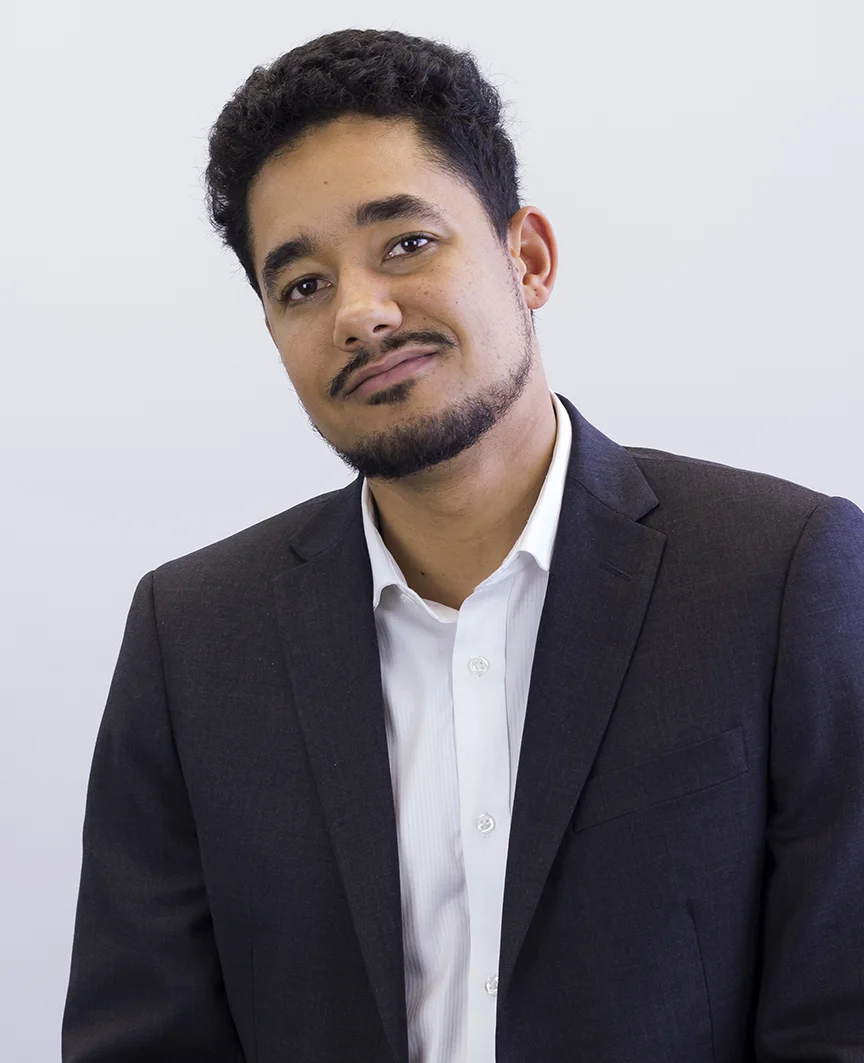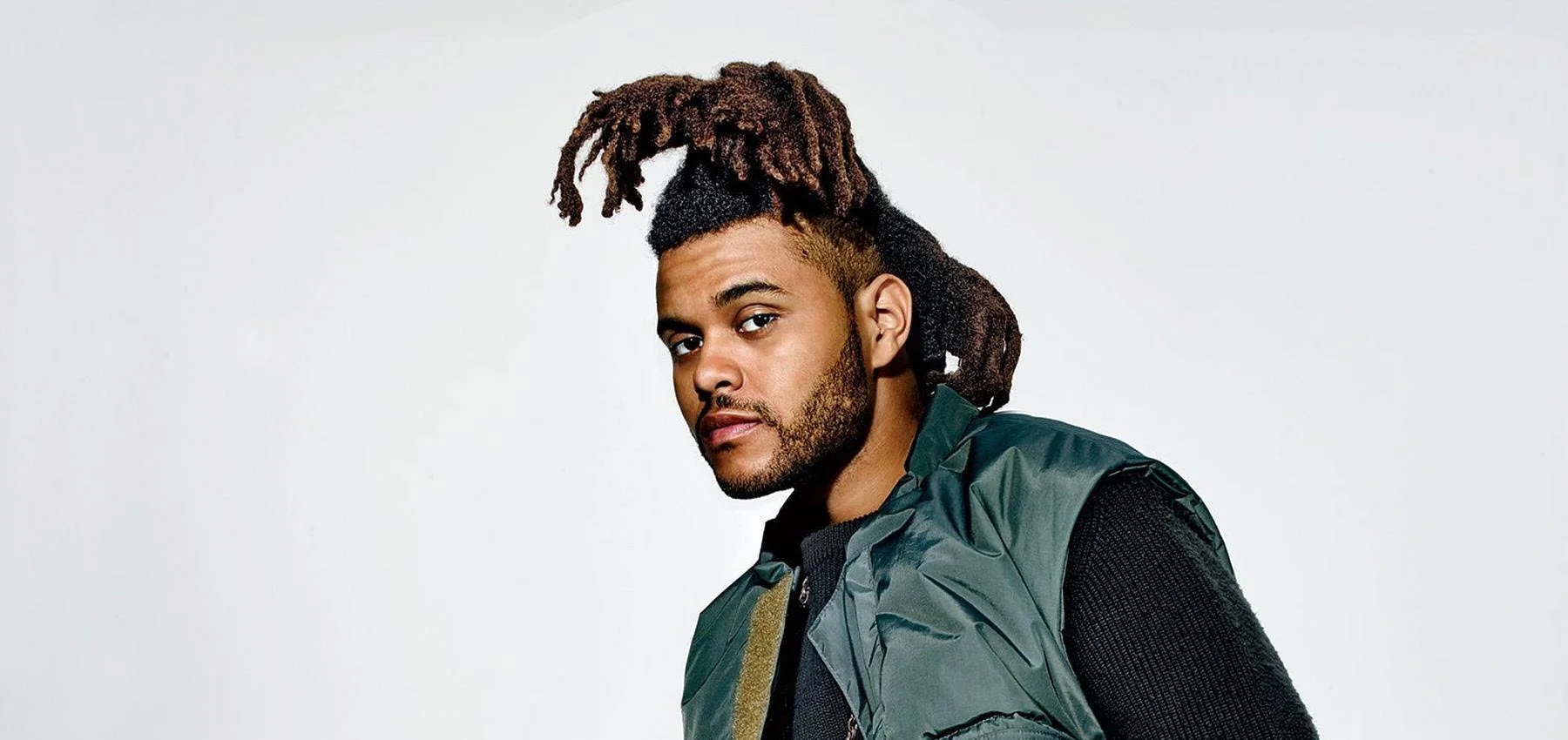U of T lecturer seeking to be selected as astronaut
March 5, 2017
At age seven, Aaron Persad was shorter than his sister who was four years older and he didn’t like it.
“I drank lots of milk and did other things that didn’t work,” he said.
While watching television, Persad saw a news story about astronauts growing up to two inches in microgravity.
If that was the case, he was going to travel to space.
The University of Toronto post-doctoral fellow is among 72 Canadians under consideration for two astronaut roles with the Canadian Space Agency (CSA).
Persad inched closer towards his goal last month by completing the 250-metre swim test under 10 minutes.
“That’s one physical test with an immediate disqualification condition if not met,” the Trinidad-born classical and statistical thermodynamics lecturer said. “When I started six weeks ago, I was at 30 minutes. I hit the pool everyday determined to get it down to the necessary time. For the push and pull ups, the minimum requirement wasn’t stated.”
The rigorous selection process lasts nearly a year and involves several interviews, written exams and myriad physical and mental fitness tests. After being unveiled this summer, the new astronauts will travel to Houston in August for basic training at NASA’s (National Aeronautics & Space Administration) Johnson Space Centre.
This is Persad’s second attempt to be part of the next generation of space explorers.
He applied eight years ago while enrolled in the U of T’s Master of Applied Science program.
“I knew that my chances of making it then were very slim,” said Persad who completed his doctorate three years ago. “I applied, however, to get a feel of what the program is like. I used that evaluation as a checklist to prepare for a future call. Some of the questions asked were, ‘Do you have piloting experience?’ and ‘Have you ever taught a post-graduate engineering course?’ There was a list of about 50 questions and I have been working hard over the years to turn every ‘no’ into a ‘yes’.”
The preparation has been extensive and thorough.
During his undergraduate studies, Persad completed a one-year internship at the CSA’s life & physical science division. His duties included co-ordinating parabolic flights using the Falcon-20 aircraft with the National Research Council’s Flight Research Laboratory, building experiments for parabolic flights and developing a portable mini-freefall drop tower for use in educational activities.
He has designed and built payloads flown to the International Space Station and represented Canada in the European Space Agency’s microgravity applications program mission a year ago.
Persad, who completedhis Bachelor of Applied Science degree 11 years ago in the biomedical stream of engineering science, took the place of U of T mechanical engineering professor emeritus Charles Ward who was unavailable to make the trip that year.
“I am very intimate with the research, so I was able to present on his behalf the research that we do and answer questions,” said Persad who did his doctoral work under Ward in the U of T thermodynamics & kinetics laboratory.
His PhD research focussed on solving a decades-old mystery about the behaviour of water in microgravity, specifically the shape it takes within a closed container.
“Retired Canadian astronaut Bjarni Tryggvason has always been interested in Ward’s work to the point where they have disagreements with what actually happens to a liquid in space,” said Persad. “In 2013, he came to us with an opportunity to fly an experiment to the space station as part of an education mission. The experiment studied how water in a glass jar behaves.”
The project, that took almost 30 months to construct, suffered a setback when a SpaceX rocket meant to carry the experimental apparatus into orbit exploded in the summer of 2015.
“The rocket disintegrated less than two minutes into launch,” recalled Persad whose doctoral thesis was nominated by the U of T Mechanical & Industrial Engineering (MIE) department for the 2015 John Leyerle-CIFAR Prize for interdisciplinary research and the Governor General’s Gold Medal. “One of the structural beams got loose and hit an oxygen tank which caused a catastrophic failure of the rocket.”
Rebuilt in four months, the experimental apparatus was successfully launched last summer on another SpaceX rocket.
As a post-doctoral fellow in the Sinton lab, Persad leads a research group that is investigating how liquids and gases behave in tiny tubes – nano-channels -- which are a thousand times thinner than a hair strand and can be found in packed sand deep underground. The sand contains fuels that are used to power cars, planes and rockets.
“I study how to separate the fuel from the sand without damaging the environment,” he said.
In addition to his research, Persad has been recognized for his teaching excellence and has led several educational initiatives, including TMS Robotics & Academics that he and Kausik Das launched in May 2010. The company delivers robotics technology education to elementary and high school students.
“Aaron is a young genius, brilliant scholar, teacher, mentor, humanitarian and distinguished student leader who has left an indelible mark on the lives he has touched,” said Access Empowerment Council president Diana Alli D’Souza who started the U of T summer mentorship program designed to offer a focus for students with both an interest and aptitude for the sciences, particularly for those who otherwise would not have available mentorship opportunities. “This young man has always had a passion for teaching and mentorship.”
Migrating at age four, Persad and his family spent nearly five years in Montreal before returning to Trinidad & Tobago where he took the Common Entrance Exam before moving to Toronto a year later.
Harry Persad, the family patriarch, is a civil engineer whose handprint is on many roads in San Fernando, Trinidad & Tobago’s most populous city.
His son graduated from Weston Collegiate Institute’s international baccalaureate program.
“That program was great in that it taught me about time management and how to multi-task,” said Persad. “I had to complete four hours of homework nightly.”
He said his family, that includes his mother Savi who is a retired nurse, and his sister who is a physiotherapist, are very supportive of his ground-breaking endeavours.
“When it comes to education, they are my biggest cheerleaders,” he said.
Purchasing a Suzuki 500GF motorcycle two years ago to assist his training to be an astronaut, however, didn’t go down well with them.
“That was probably the worst day of my parents’ lives because they don’t like risks,” he pointed out. “They couldn’t understand it is helping me to get to where I want to because I am wearing an enclosed helmet which taxes my awareness and provides good balance and a sense of orientation.”
Just 12 Canadians have been recruited as astronauts since the first team was formed 34 years ago. A total of 10 have retired from the CSA and have gone on to pursue professional undertakings concomitant with their expertise.
Of the 3,772 applications submitted online for two spots in this year’s program, a total of 72 are still in contention.
Persad isn’t just satisfied he has made it this far.
Making it beyond the sky is his goal and one he hopes to achieve soon.






